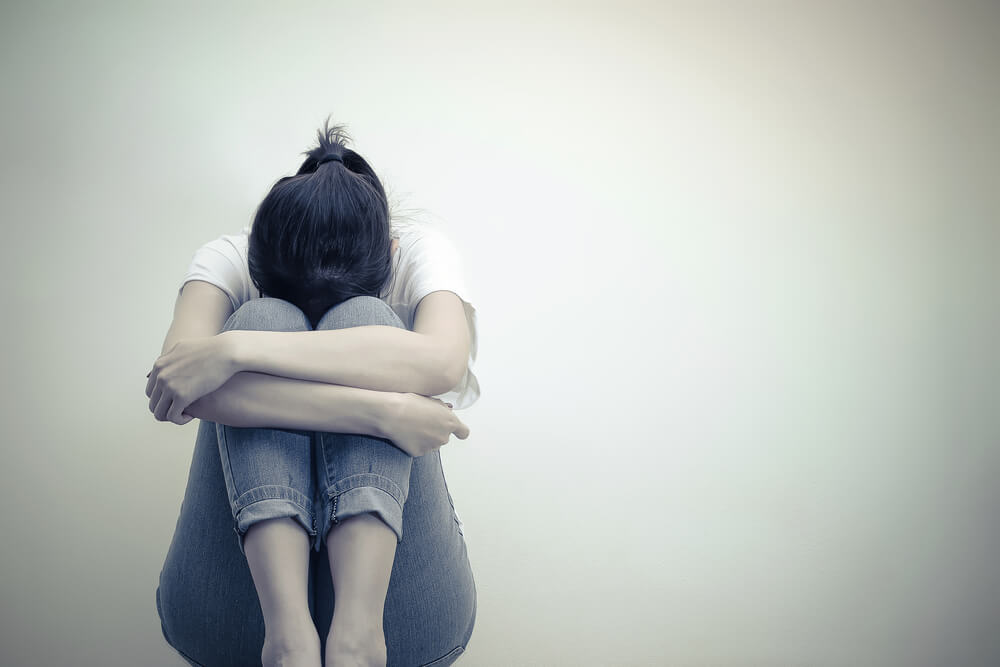We are immersed in the culture of happiness, which demands to be happy at all costs, no matter what, the problem is that when we fail we feel frustrated and therefore unhappy, which annoys us even more and can lead us to an experience avoidance. Disorder.
The truth is that happiness, or rather emotional well-being, is not permanent. We can’t say “I’m happy” because that’s not true.
- Happiness is not a way of being.
- But a state.
- It is much more important and sensible to say “sometimes I am happy and sometimes I am not” because emotions come and go according to different variables.
Trying to be continually well emotionally is a fantasy that plunges us further into suffering. For example, when we avoid feeling anxious, sad, or in pain, we somehow duplicate our discomfort.
The pressure we put ourselves on when we say, “Do I have to be okay?”Or “Should I be happy?” It is a paradox, but any emotional avoidance inevitably leads to an increase in these same emotions.
Imagine you’re in the middle of the ocean on a raft surrounded by sharks and someone says, “If you’re nervous you’re going to fall into the sea with sharks, then you shouldn’t be nervous. “what happens? Of course, this same ban will make you even more nervous.
Thus, it is much more coherent to accept that, in a context like this, it is logical to feel anguish everywhere, get carried away, make room and wait to get used to it naturally, if possible.
Experiential avoidance disorder is a tendency to focus on well-being at all times and to act in ways that achieve immediate well-being, which we will explain in more detail below.
Acceptance and Commitment Therapy (ACT) rejects traditional diagnostic classification systems and considers behavior and its role in context as the only element of analysis and action.
In this way, the conception of psychopathology from this therapy goes through the so-called obsessive avoidance disorder.
Experience avoidance is a pattern of uncompromising behavior that is generated from an ineffective model of verbal regulation, which is to avoid suffering at all costs, in this way it is about controlling the private events, sensations, feelings and circumstances that generate them.
This attempt at absolute control, whether through anxiety pills, alcohol or any other form of avoidance that contradicts our personal values, leads us directly to cycles of continuous discomfort.
What happens is that the person with an experiential avoidance disorder systematically rejects negative feelings, does not want to feel them under any circumstances nor does they feel them.
She says to herself that “feeling negative emotions is terrible and painful,” “You always have to be happy,” “It’s weird for me to be sad,” “What will others think if they look anxious to me,” etc.
All these thoughts lead the person to try to control the emotion in a quick, easy and effective way in the short term, the problem is that emotional control is ephemeral and soon, the emotional discomfort reappears more strongly.
So what the person who avoids the experience does is put a bandage on their emotions, so that they don’t flow, at first it seems to work, but finally the bandage falls off and makes the emotion emerge much more strongly.
When someone suffers from an experience avoidance disorder and wants to start giving up these cycles, it is necessary to install in their mind the idea that suffering is part of life.
It’s not about wanting to suffer for suffering, it’s about accepting that emotional discomfort is something that can happen to anyone in the world simply by being alive and alive.
Life brings pleasant moments and difficult moments, and in each of them it is normal to experience different types of emotions.
The healthy thing is to feel the pain that comes with any loss, so our brain assimilates what happened and learns for the future.
Now, if we put on crutches, bandages or adopt safety behaviors so as not to suffer in the short term, all we can achieve is to “extend” and end up with an increase in suffering.
Therefore, the first thing we have to do is embrace our demons, emotions and feelings, whatever they are, and be ready to live them.
We know that deep anxiety and sadness are not pleasant and we prefer not to have to go through them, but it is also true that life does not always develop according to our preferences and that, inevitably, there will be times when we will have to do so. Live.
It would be nice to start thinking, “Today I’m anxious, but nothing happens, anxiety isn’t bad in itself, is it just unpleasant?””I don’t like it, but it won’t kill me. ” These kinds of thoughts are much more realistic and functional.
It is also important to know our values and goals in life and move towards them, regardless of emotions, emotions should not limit us. It’s one thing to live them and feel them in our being when something happens to us, and it’s another to let them control us.
Emotions, positive or negative, can accompany us in our daily lives as can happen with a headache, the cold of winter or the injustices that appear in the newspapers.
So if we know what we want in the medium and long term in the future, we will act on your behalf, not in immediate discomfort.
Walk toward your goal every day; In short, only you can choose, let emotions, negative thoughts and obsessions go with you, as soon as you learn to live with them they will leave you little by little.

